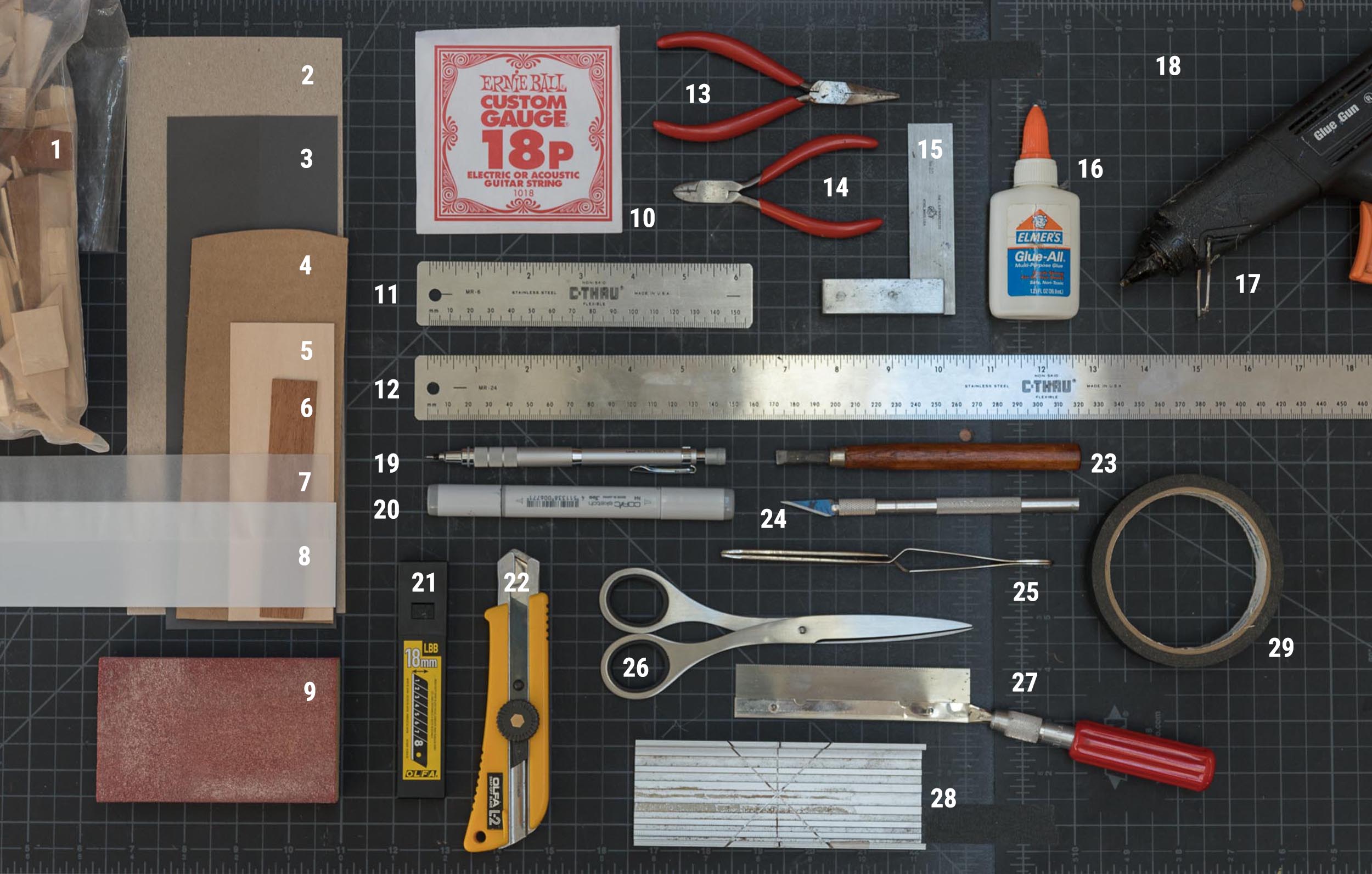Architects build two fundamentally different types of models: presentation models and study models. Presentation models are often used in client meetings to convey a finished design in miniature while study models are used by architects as part of the design process. Study models are the equivalent of a three-dimensional sketch and allow us to explore and iterate design ideas quickly. We often begin these by collaging ideas using planes of cardboard and wood.
In this video, I share my best tips for building architectural models something I’ve done professionally for close to 30 years.
Building models remains an important tool and part of my personal process for making architecture. And while many have moved to completely digital forms of modeling, I’ve maintained the habit of building models. Here’s why: there’s a sensory feedback loop between the hands and the brain known as embodied cognition. It’s been shown that our motor system influences our understanding and cognition in much the same way the mind can influence our physical actions. I build models to unlock creative inspiration I can’t otherwise access (they’re also pretty fun to build).
tools + materials key:
Chipboard .05” thick + .03” thick
Corrugated cardboard
Sanding block
Guitar strings (wire accents)
Flat nose pliers (bending wire)
White glue (I prefer Elmer’s)
Self-healing Cutting mats (12”x18” + 18”x24”, taped together)

